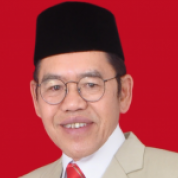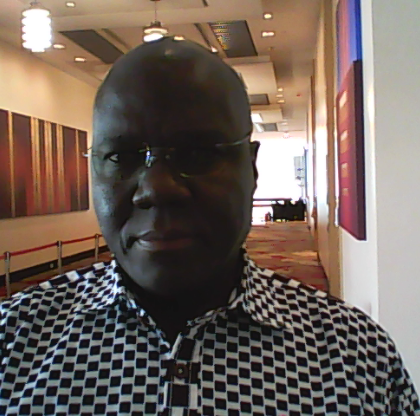Parallel Session 3.2
Financing of NCD Response: Reality-Testing Domestic, Blended and ODA Finance Options
2 February 2019
15:30 - 17:30 hrs.
| Room | : | Lotus Suite 1-4, FL. 22 |
Background :
Creating health systems of the 21st century to provide high quality care for today’s health problems requires modernizing, improving, and streamlining the way people receive and pay for health care. Growing health needs due to aging and epidemiological transition collide with challenging realities in countries at all income levels: inadequate infrastructure and too few health providers in low-income countries; budget-busting provision of comprehensive health services for all in middle-income countries; and layers of high-cost care in high-income countries. Fully tackling these challenges will require new resources for health – and wiser allocation of existing resources – to keep up with rising demand, and to fairly provide the benefits of advanced technology to all.
Of the projected $80 billion increase in health investments needed by 2030 to meet SDG 3, more than 60 percent is needed to grow NCD services, and 85% is expected to come from domestic resources (SDG Health Price Tag, WHO 2018). And yet many countries, including India and multiple countries in Africa, have deprioritized health within government budgets in the past 15 years. Middle-income countries struggle to meet new promises against tight budget ceilings. Solutions are multi-faceted and multi-partner. The primary responsibility for meeting health needs lies with governments, but external resources will be required to fill the large vacuum in NCD control in the poorest countries of the world. Other LMICs can accelerate progress toward UHC by augmenting existing resources with technology, technical assistance and partnerships. External resources can come from multiple sources, such as official development assistance (ODA), loans – both at concessional and commercial rate, the private sector, and innovative financing. Internal resources are predominantly generated from the public sector, where efficient delivery of services is paramount to achieving greater coverage for NCD needs.
This session provides a close look at sources of funding for NCDs in LMICs by looking at historical trends in funding from official and non-official donors, as well as LMIC governments. It examines the financing gap for NCDs, globally and for selected countries, and projections of how that gap will be narrowed by 2030. Finally, the session offers examples of funds mobilization from a variety of sources – public, private, and innovative. It features representatives of organizations that are co-creating customized financial mechanisms and arrangements to close the NCD financing gap.
Objectives :
- To provide a realistic discussion of sources and magnitude of NCD financing to 2030.
- To provide experiences of success in NCD financing.
- To lay the groundwork for advancement of feasible innovative NCD financing mechanisms.








